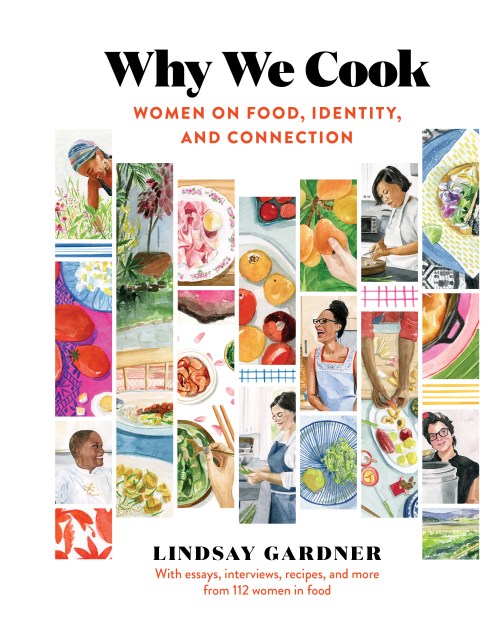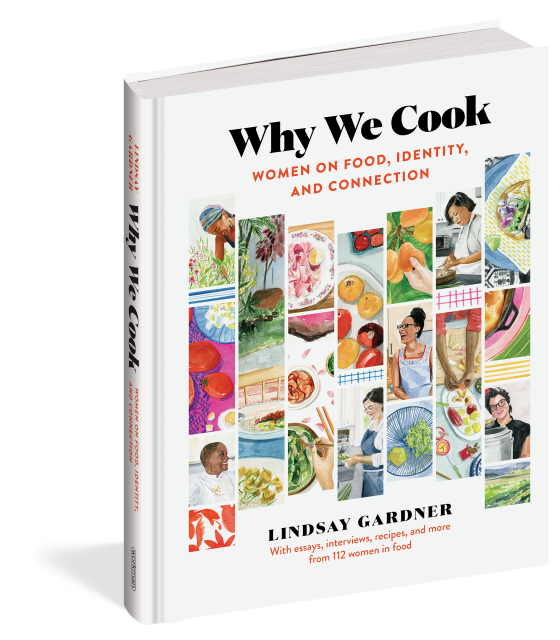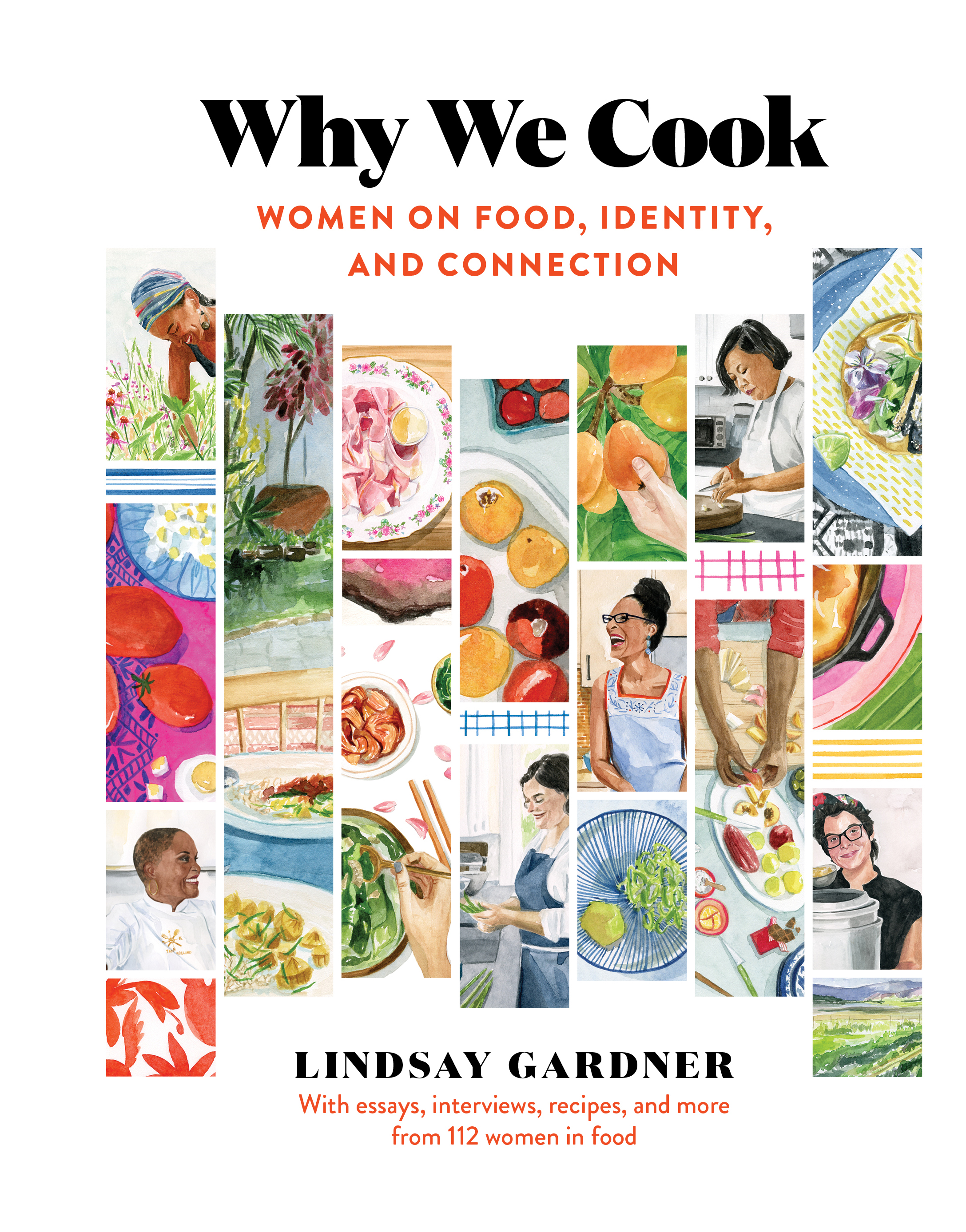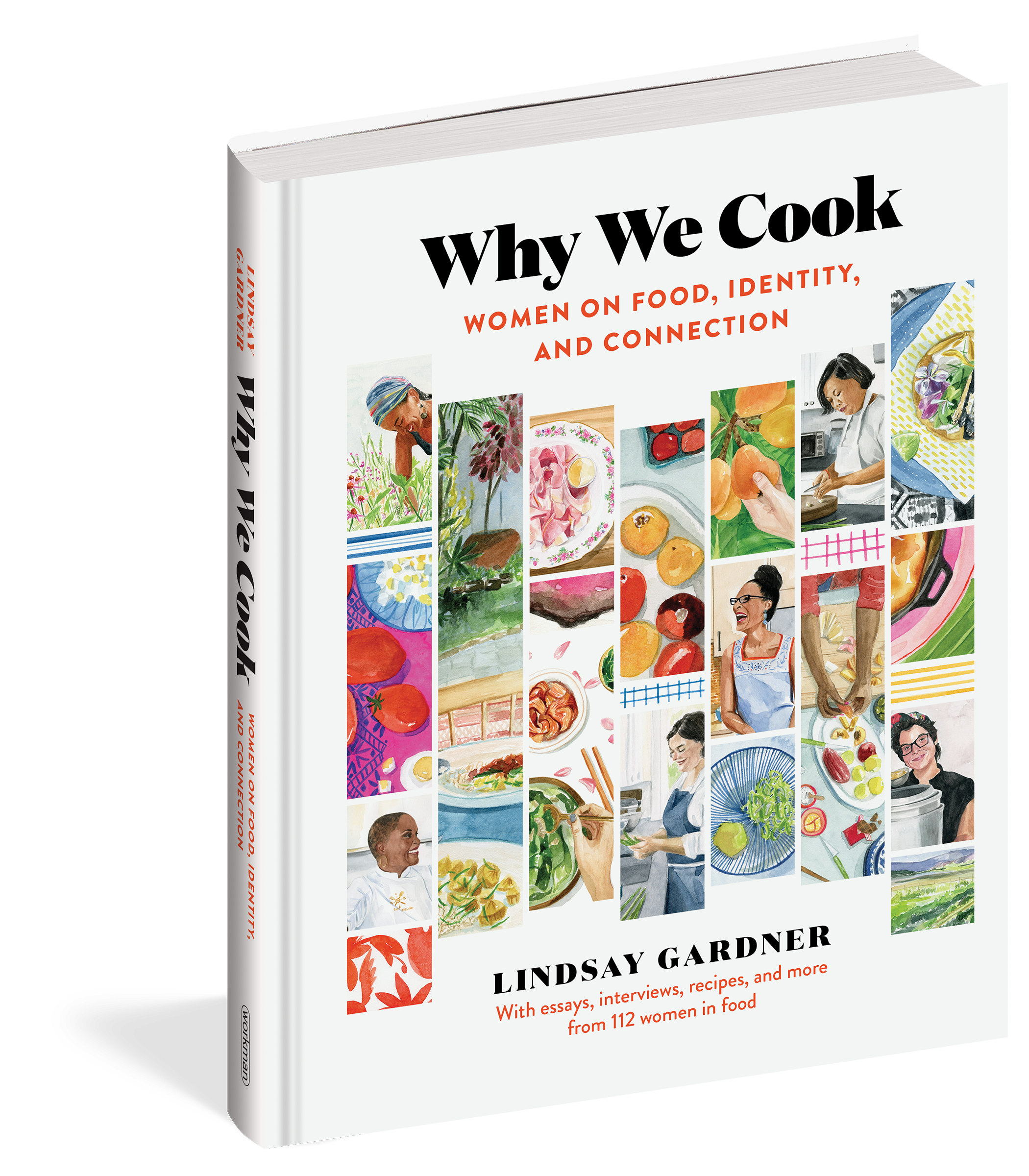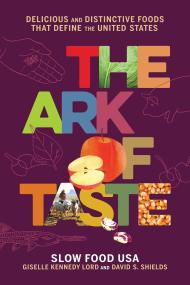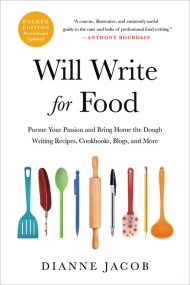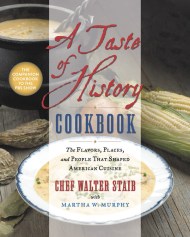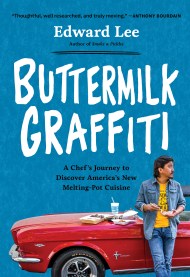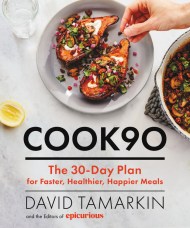Promotion
Sign up for our newsletters to receive 20% off! Shop now. Exclusions apply.
By clicking “Accept,” you agree to the use of cookies and similar technologies on your device as set forth in our Cookie Policy and our Privacy Policy. Please note that certain cookies are essential for this website to function properly and do not require user consent to be deployed.
Why We Cook
Women on Food, Identity, and Connection
Contributors
Formats and Prices
Price
$27.50Price
$34.50 CADFormat
Format:
- Hardcover $27.50 $34.50 CAD
- ebook $12.99 $16.99 CAD
This item is a preorder. Your payment method will be charged immediately, and the product is expected to ship on or around March 2, 2021. This date is subject to change due to shipping delays beyond our control.
Also available from:
Join the conversation . . .
With more than one hundred women restaurateurs, activists, food writers, professional chefs, and home cooks—all of whom are changing the world of food. Featuring essays, profiles, recipes, and more, Why We Cook is curated and illustrated by author and artist Lindsay Gardner, whose visual storytelling gifts bring nuance and insight into their words and their work, revealing the power of food to nourish, uplift, inspire curiosity, and effect change.
“Prepare to be blown away by Lindsay Gardner’s illustrations. Her gift as an artist is part of this fluid conversation about food with some of the most intriguing women, and you’ll never want it to end. Why We Cook highlights our voices and varied perspectives in and out of the kitchen and empowers us to reclaim our place in it.” —Carla Hall, chef, television personality, and author of Carla Hall’s Soul Food
“Why We Cook is a wonderful, heartwarming antidote to these trying times, and a powerful testament to unity through food.” —Anita Lo, chef and author of Solo and Cooking Without Borders
“This book is a beautiful object, but it’s also much more than that: an essay collection, a trove of recipes, a guidebook for how we might use food to fight for and further justice. The women in its pages remind us that it’s in the kitchen, in the field, and around the table that we do our most vital work as human beings—and that, now more than ever, we must.” —Molly Wizenberg, author of A Homemade Life and The Fixed Stars
Genre:
-
“Proof that the act of cooking can indeed be an empowering, life-changing thing.” —Well+Good
“Readers will rejoice in this inspiring collection of writing and art about the beautiful, loving act of preparing a meal. . . . With Gardner’s gorgeous watercolor illustrations, this book is a love letter to food and those who feed us.” —Booklist, starred review
“A beautiful and thoughtful book, a buffet of approaches to the kitchen that show we’re all in this together even though we’re inevitably doing it a different way.” —Salon.com
"Gardner’s illustrations bring nuance and inspired through-provoking articles about the changing world of food. A gift to uplift, empower, inspire, aspire, and nourish the soul of any cook.”—Cuisine at Home
“The range of voices shine a light on racial diversity in the culinary world in this visually evocative, comforting book. Easy to dive into at any point when seeking inspiration or a sense of community through food and cooking, this book is a good conversation starter.” —Library Journal
“Prepare to be blown away by Lindsay Gardner’s illustrations. Her gift as an artist is part of this fluid conversation about food with some of the most intriguing women, and you’ll never want it to end. Why We Cook highlights our voices and varied perspectives in and out of the kitchen and empowers us to reclaim our place in it.” —Carla Hall, chef, television personality, and author of Carla Hall’s Soul Food
“Why We Cook is a wonderful, heartwarming antidote to these trying times, and a powerful testament to unity through food.” —Anita Lo, chef and author of Solo and Cooking Without Borders
“This book is a beautiful object, but it’s also much more than that: an essay collection, a trove of recipes, and a guidebook for how we might use food to fight for and further justice. The women in its pages remind us that it’s in the kitchen, in the field, and around the table that we do our most vital work as human beings—and that, now more than ever, we must.” —Molly Wizenberg, author of A Homemade Life and The Fixed Stars
- On Sale
- Mar 2, 2021
- Page Count
- 240 pages
- Publisher
- Workman Publishing Company
- ISBN-13
- 9781523509744
Newsletter Signup
By clicking ‘Sign Up,’ I acknowledge that I have read and agree to Hachette Book Group’s Privacy Policy and Terms of Use
